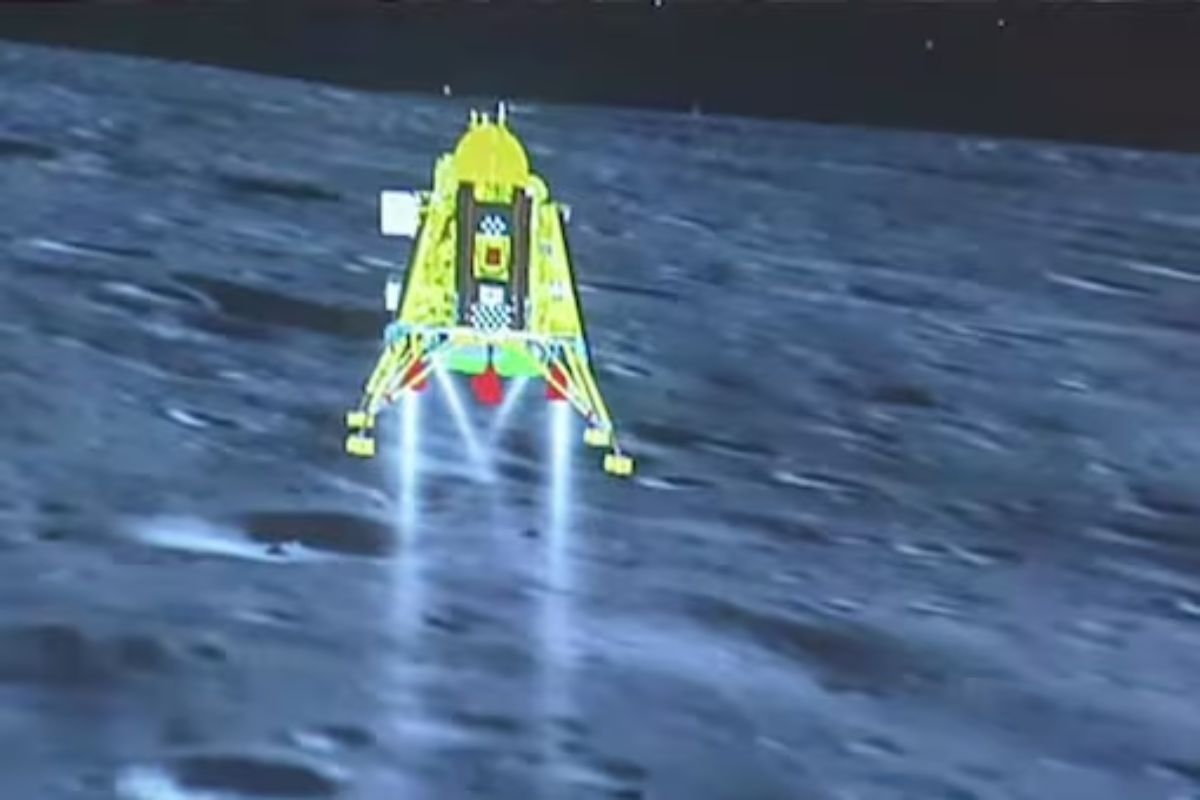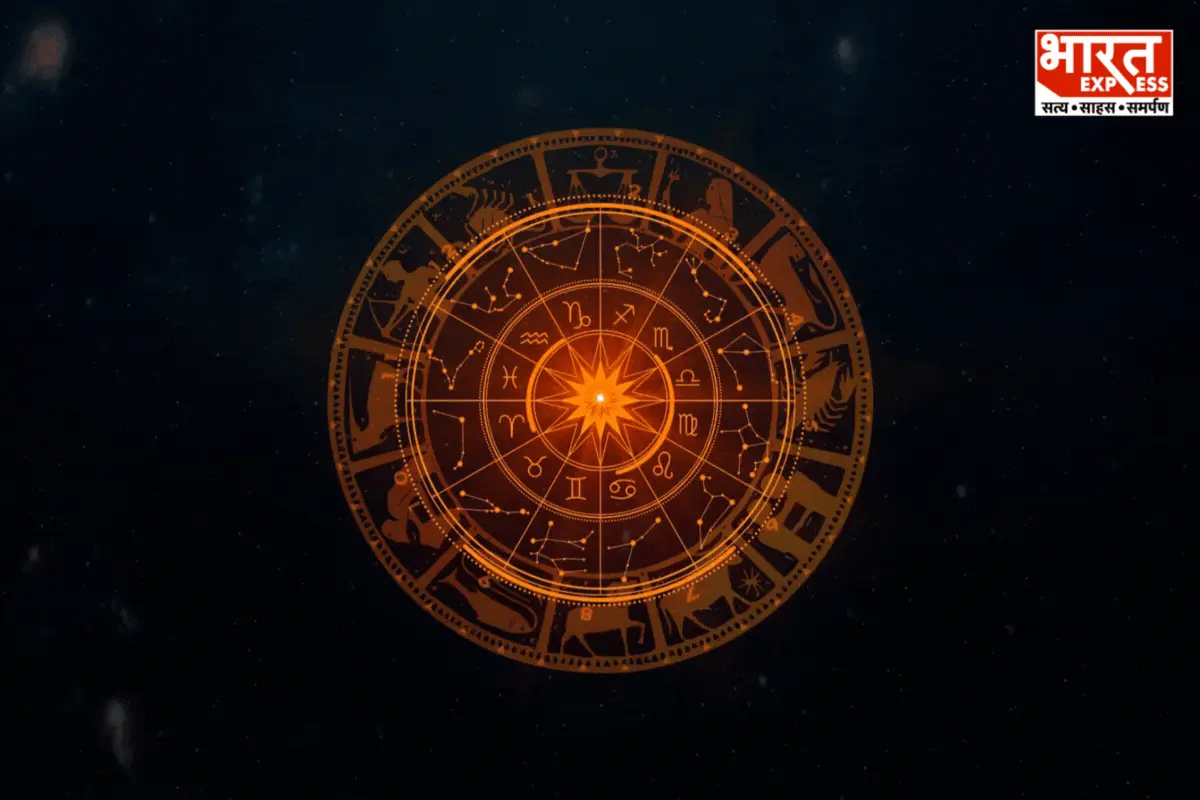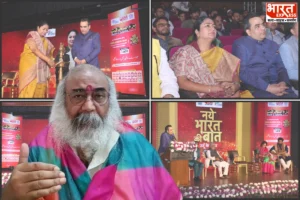
Chandrayaan 3’s triumph is set to elevate India’s standing in international commercial agreements, signifying recognition of its technical prowess and launch capabilities, as expressed by former ISRO chief G Madhavan Nair. Nair emphasized that the success of Chandrayaan-3 signifies India’s initial stride into planetary exploration, having successfully shattered barriers and embarked on a promising journey.
Speaking to PTI, Nair conveyed that India already holds numerous commercial contracts with Europe and America, and with the triumph of the third lunar mission on August 23, these partnerships are poised to expand. He asserted that the global community will undoubtedly acknowledge India’s technical proficiency, launch system reliability, and spacecraft quality. Nair reiterated the longstanding commitment of the Indian space program towards international collaboration, anticipating a further strengthening of these ties.
ISRO has estimated the total cost of Chandrayaan-3 to be Rs 615 crore, a figure roughly equivalent to the budget of a Hindi cinema production. Marking a monumental milestone for India’s space program, Chandrayaan-3 successfully landed on the lunar south pole at 6.04 pm on Wednesday, thrusting India into an elite group of four nations and securing its status as the first country to achieve a landing on the uncharted southern pole of the Moon.
Also Read: The Perils Of Rapid Weight Loss: Understanding The Health Risks
Nair highlighted that the remarkable success achieved by the space agency’s scientists comes with a salary that is only one-fifth of what their counterparts in developed nations earn. This, Nair asserted, plays a pivotal role in enabling ISRO to devise cost-effective solutions for space exploration. The modest incomes of ISRO’s scientists, technicians, and staff, Nair contended, contribute to their unswerving dedication, with passion for their mission outweighing monetary concerns.
Addressing ISRO’s methodology, Nair emphasized meticulous planning and a long-term vision as instrumental factors in their achievements. He revealed that past learnings were systematically integrated into subsequent missions, with the engine developed nearly three decades ago for the PSLV rocket still being employed in the GSLV. By harnessing indigenous technology for space endeavors, India has substantially curtailed mission costs, rendering them 50 to 60 per cent lower than those of other nations.
Also Read: ISRO Unveils Stunning Moon Images Captured By Vikram Lander Imager Camera
To read more such news, download Bharat Express news apps


















